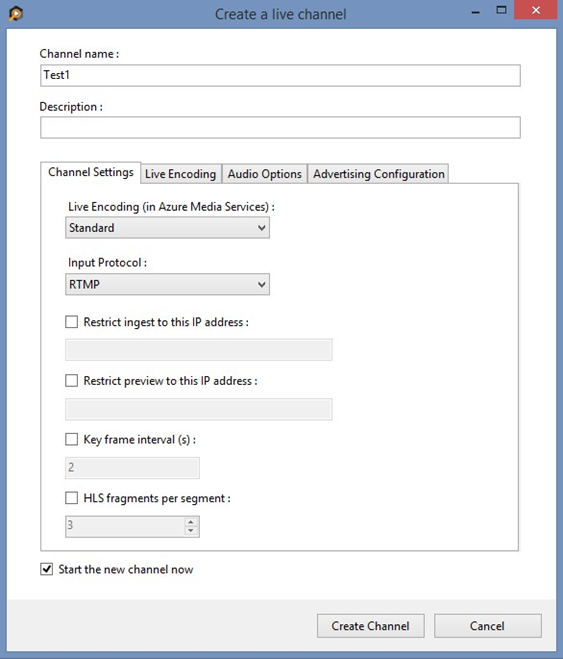Flash Media Live Encoder (FMLE) was a free live encoding software product from Adobe Systems. It was available for Microsoft Windows and Mac OS. Flash Media Live Encoder (FMLE) was a free live encoding software product from Adobe Systems. It was available for Microsoft Windows and Mac OS. Microsoft Windows is a group of several graphical operating system families, all of which are developed, marketed, and sold by Microsoft.
| Developer(s) | Adobe Systems |
|---|---|
| Stable release | 3.2 / January 12, 2009; 11 years ago |
| Operating system | Microsoft Windows, Mac OS X |
| Type | Encoding Software |
| License | Freeware |

Flash Media Live Encoder (FMLE) was a free live encoding software product from Adobe Systems. Other internet browsers for mac. It was available for Microsoft Windows and Mac OS.
History[edit]
Version 1.0 was released on February 23, 2007.
Version 2.0 was released on October 26, 2007, adding the following functionality:
- Encoding support for MP3 format
- Command-line execution
- Automatically start at operating system launch
- Automated maintenance restart
- Remote access
- Ability to set reconnect interval
- Timecode support
Version 2.5 was released on April 14, 2008 with the following added features:
- Encoding support for H.264/HE-AAC format
- Improvements to Quality of Service
- Auto-adjust functionality, which enabled dynamic downgrading of the outgoing stream quality if network connectivity was sub-optimal.
Version 3.0 was released on January 12, 2009 with the following added features:
- An updated user interface and additional presets
- Multi-bitrate encoding (up to three different bitrates)
- File management improvements (save multiple files based on file size/duration, parameters in filenames)
- DVR functionality
- System timecode support (SMPTE, LTC, VITC or BITC timecodes could be used if supported by capture device; if not, the system timecode could be used)
- Multi-core processing capability for VP6 encoding
- Support for additional compatible devices
Version 3.2 was the last supported release. Adobe ended support in 2016.[1]
Usage[edit]
- Stream live video from capture cards, webcams, Firewire, or USB devices to Flash Media Server (FMS) or a Flash Video Streaming Service (FVSS). (Device or driver must support Microsoft DirectShow filters to be recognized by FMLE.)
- Archive FLV or F4V file locally.
Adobe Flash Media Live Encoder Windows 10

Function[edit]
FMLE is a desktop application that connects to a Flash Media Server (FMS) or a Flash Video Streaming Service (FVSS) via the Real Time Messaging Protocol (RTMP) to stream live video to connected clients. Clients connect to the FMS or FVSS server and view the stream through a Flash Player SWF.or Nellymoser for audio. Additionally, AAC and HE-AAC for audio is supported with a plug-in available from MainConcept[2]
Use the vSphere Web Client to connect to vCenter Server systems and manage vSphere inventory objects. VMware has tested and supports the following guest operating systems and browser versions for the vSphere Web Client. Mac OS: Mozilla Firefox 34 and later. VClient is a native Mac application to manage VMware vSphere and ESX(i) servers It will support vSphere 7.0 and Project Pacific! Get rid of web console, try out native client NOW! Download VMware vSphere. Run fewer servers and reduce capital and operating costs using VMware vSphere to build a cloud computing infrastructure. VMware Remote Console 11.2.0 for Mac (macOS 10.15 and later) is available in App Store. Information about MD5 checksums, and SHA1 checksums and SHA256 checksums. Vmware vsphere client for mac os.
 The software is reliable for audio, video, and stuns the large resolution.
The software is reliable for audio, video, and stuns the large resolution.
In addition to encoding live events with finite start and end times, features such as command-line control, auto reconnect, and remote access enable efficient 24/7 encoding.
See also[edit]
Adobe Flash Media Live Encoder For Mac
References[edit]
- ^https://helpx.adobe.com/support/programs/eol-matrix.html
- ^'Archived copy'. Archived from the original on 2010-01-09. Retrieved 2009-12-03.CS1 maint: archived copy as title (link)